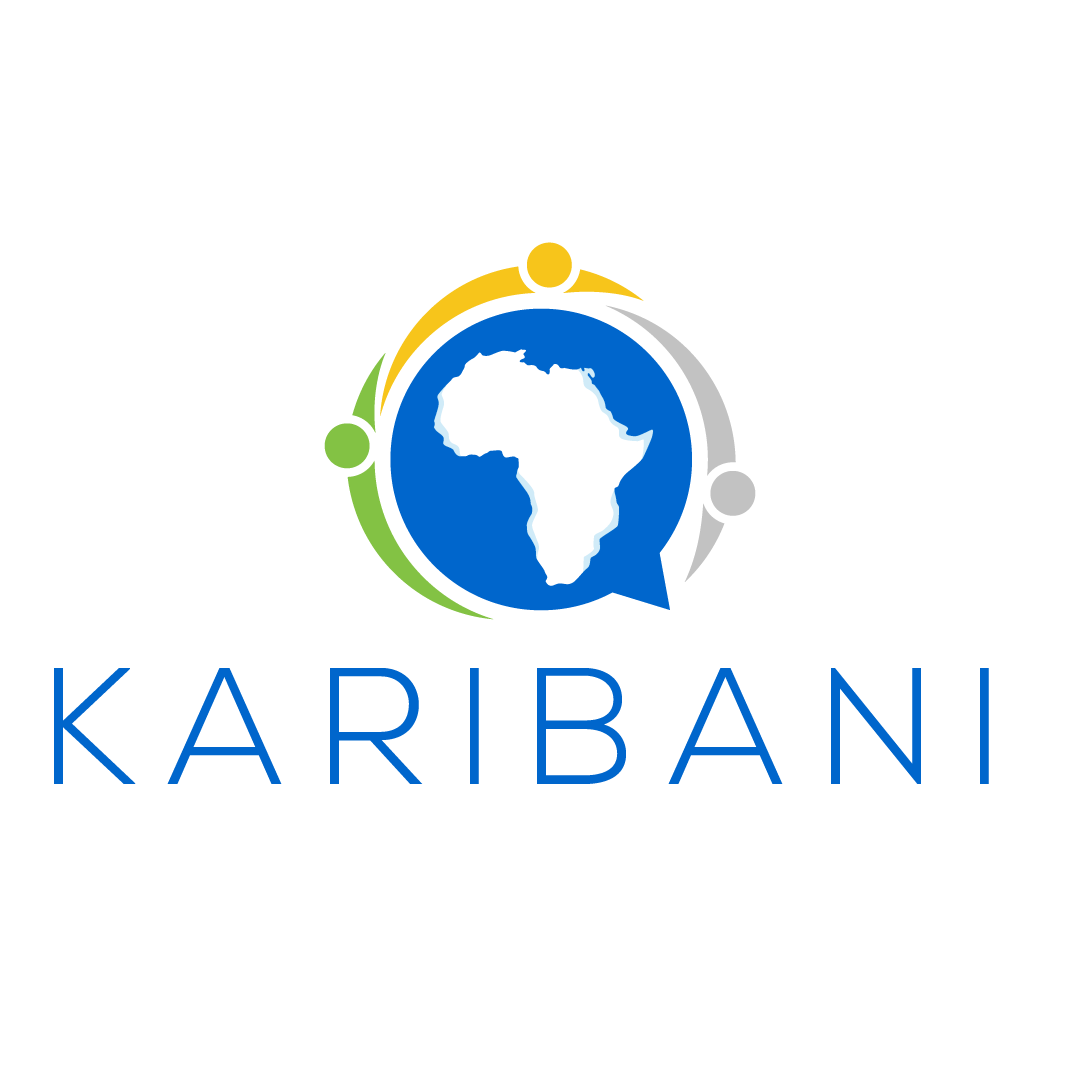Lecture – AMI OHUN
Lecture – AMI OHUN
A tonal language, is a language in which words can differ in tones (like pitches in music) in addition to consonants and vowels.
Tone marks (Àmì ohùn) are marks placed above or below (or sometimes next to) a letter in a word to indicate a particular pronunciation—in regard to accent, tone, or stress—as well as meaning, especially when a homograph exists without the marked letter or letters.
Since Yorùbá is a tonal language, it is vital that you learn about the different tones so that you are pronouncing and writing the words you mean to communicate and understanding what you hear and read correctly. This is especially important for words that are spelled the same way (called homographs in English).
Knowing how to use tone marks is very important when it comes to reading and speaking Yorùbá language as we will subsequently see.
In general, there are three types of tone marks:
Dò – This is depicted by a grave accent (⸜)
Re – Depicted by an absence of any accent
Mí – Depicted by acute accent (⸝)

Examples
| ENGLISH WORD | YORÙBÁ WORD | SYLLABLE | TONE MARK |
| Head | Orí | O – rí | re – mi |
| Foot | Esè | Ẹ – sẹ̀ | re – do |
| Broom | Ìgbálè | Ì – gbá – lẹ̀ | do – mi – do |
| Meeting | Ìpàdé | Ì – pà – dé | do – do – mi |
| Teacher | Olùkọ́ | O – lù – kọ́ | re – do – mi |
